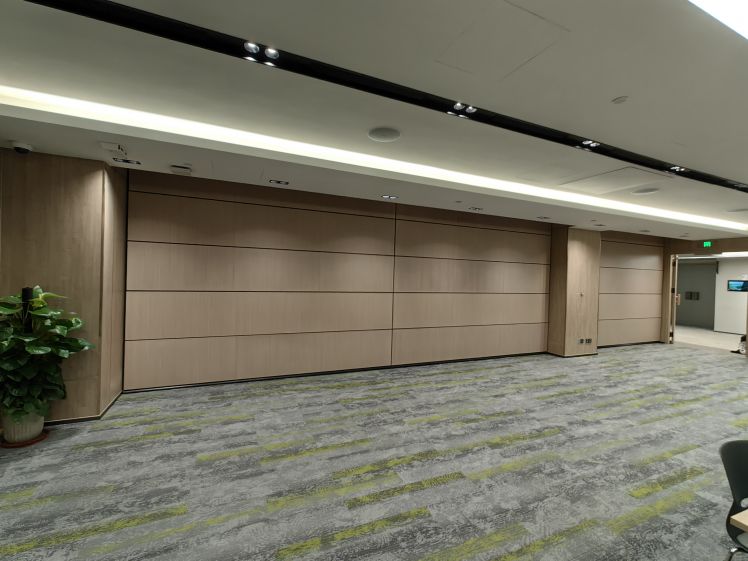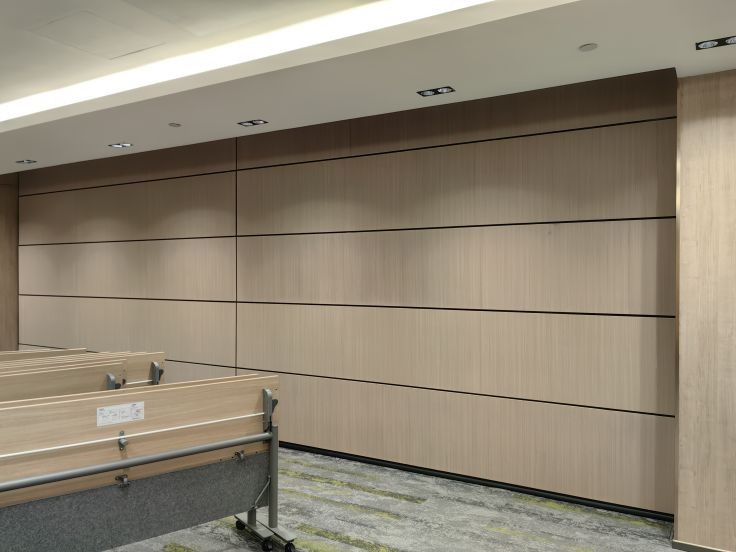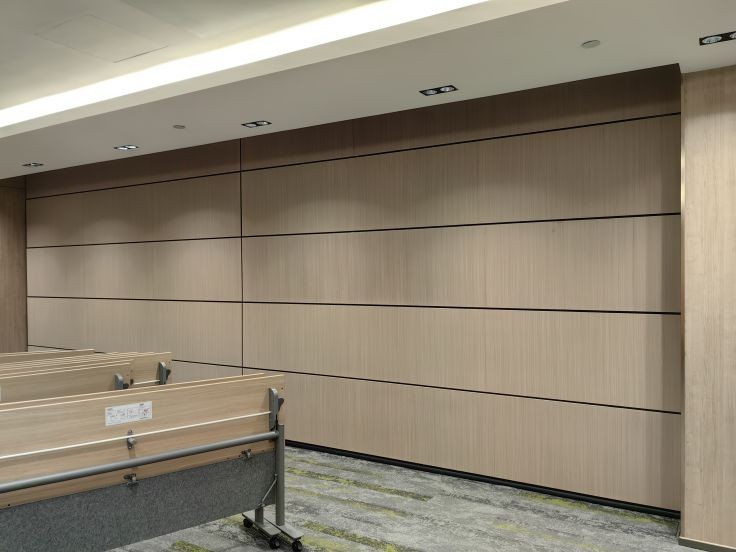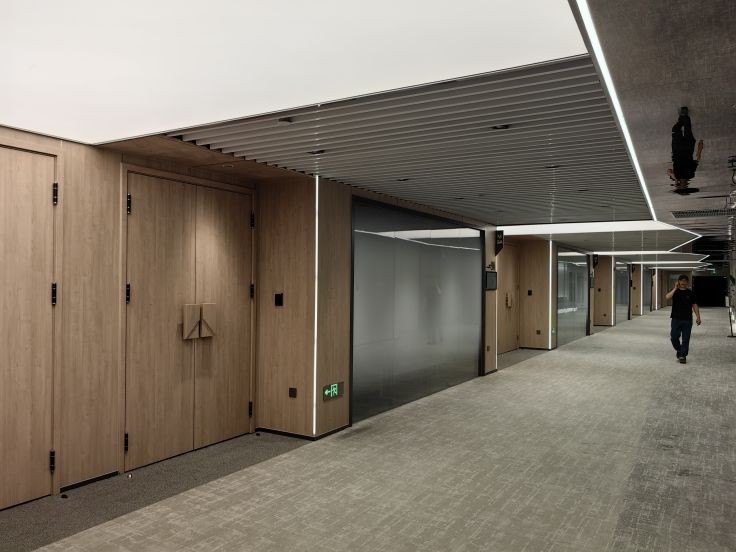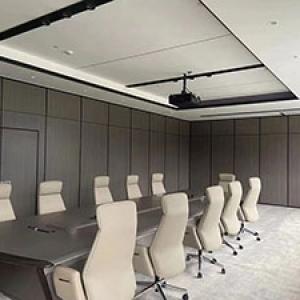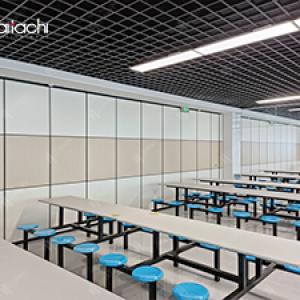Description
A folding room separator is a versatile piece of furniture used to divide a room into smaller sections or provide privacy in a shared space. It typically consists of hinged panels that can be folded or unfolded as needed. Here are some key aspects and considerations:
-
Design and Materials: Room separators come in various designs, from traditional wooden screens to modern versions made of metal, fabric, or even glass. The choice of material can affect both the aesthetic and functionality of the divider.
-
Functionality: Folding room separators are designed to be portable and adjustable. They can be easily folded and moved to different locations within a room or stored away when not needed. This flexibility makes them ideal for creating temporary spaces or reconfiguring a room layout.
-
Privacy and Visual Appeal: Depending on the design, room separators can provide varying degrees of privacy. Solid panels or screens with opaque materials offer more privacy, while those with translucent materials allow light to pass through while still partially blocking visibility.
-
Decorative Element: Beyond functionality, room separators often serve as decorative elements in a room. They can add texture, color, or a visual focal point, enhancing the overall aesthetic of the space.
-
Usage: Common uses of folding room separators include dividing a bedroom to create a dressing area, partitioning off a home office space in a living room, or providing privacy in a studio apartment. They are also popular in commercial settings such as restaurants, hotels, and offices to create separate dining areas or workspaces.
-
Maintenance: Depending on the material, room separators may require occasional cleaning or maintenance to keep them looking their best. Wooden screens might need periodic polishing, while fabric panels may need spot cleaning.
When choosing a folding room separator, consider your specific needs regarding privacy, style, and functionality to select one that complements your space effectively.
